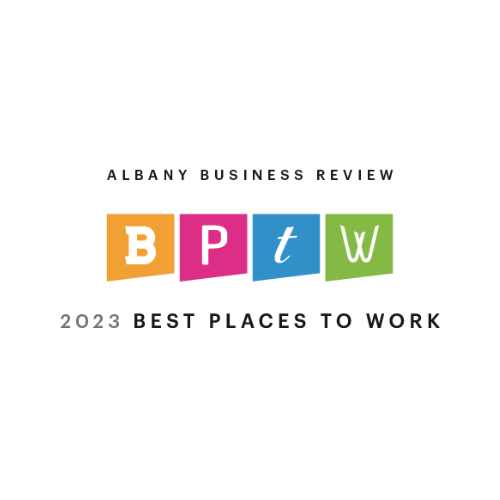While we currently find ourselves in the grips of a crisis, now is the time to prepare your business for better days ahead. There are a number of key items that a business owner or CEO will need to evaluate as we look ahead to the recovery period.
One thing we would like to emphasize is, YOU ARE NOT IN THIS ALONE! Do not be afraid to ask for help. This a time that we all need to come together to bring businesses back to a prosperous life.
Here are some of the immediate steps we recommend you take:
- Ensure that you are prepared to receive all of the stimulus dollars available. While we realize the information may seem overwhelming, you should first focus on the items in the stimulus package that can have an immediate impact on your cash flow. Some of those items are:
- SBA loans
- COVID-19 Sick Leave Pay Reimbursement
- Deferment of Employer portion of FICA and Medicare
- Some of these programs, in particular the ones that will provide your business with immediate relief, require a fair amount of documentation. Begin gathering that information now. This is not the time to be proud; ask for help if you need it.
- If you haven’t already contacted your bank, do so as soon as possible and determine if they are willing to defer debt payments. Banks may also be familiar with the different SBA loan offerings and are a good resource for gathering such information.
Once you are prepared to secure all the possible stimulus money you are entitled to and have worked through a deferment plan with your bank, it’s time to begin long-term recovery planning.
This crisis is going to change businesses in an unprecedented fashion. With that in mind, you are going to need to think through not only what the rest of this year will look like, but also what 2021 will look like. While the general consensus is that this will be a dramatic recovery, each industry will be different. Here are some of the steps we would recommend you take:
- Evaluate where your business will stand when we emerge from this crisis. Consider the following:
- Where will my cash stand?
- Will I be able to bring all my employees back?
- Was there any impact to my customers?
- Was there any impact to my suppliers?
- Next, put together a financial forecast for the remainder of the year to measure performance. Here are some tips on how to do that quickly and efficiently:
- It does not need to be perfect. Get something on paper that gives you a sense of where you might end 2020.
- Focus on the big picture. This is not an exercise to create the perfect forecast with every revenue and expense line calculated to the penny.
- Document assumptions on how you arrived at your numbers. Again, this does not have to be overly elaborate. You just want a plan to which you can refer later should your actual performance differ from your forecast so you can identify why that happened. This is a very important planning document – it may be difficult for you to adapt when variances occur without it.
- If you have accounts receivable, put together a cash forecast for the remainder of 2020. It’s likely that all businesses are going to be hit hard by this crisis and those businesses are going to look to their vendors to help them with relief through longer payment terms. Here are some tips on how to prepare this forecast:
- Be conservative.
- Look at your “Days Outstanding” for your accounts receivables and try to estimate how many days that will increase once you are back to operating.
- Since customers are likely going to ask for longer payment terms, you should, in turn, ask your vendors for longer payment terms.
- Your cash forecast should be even more forgiving than your financial forecast. Just like the financial forecast, you are not looking for pinpoint accuracy. You are looking to get something documented quickly so that you have something to evaluate against when operations return to normal. These are the categories we would recommend to get it done quickly and to make it easy to evaluate:
- Cash in (revenue paid, grants paid, etc.)
- Cost of goods sold (If applicable)
- Payroll expense
- Facility-related expenses
- Other operating expenses
- Lastly, be sure to establish a mechanism to evaluate performance each month. Do not waste the effort you put into planning by not having a process to review it against actual performance. This year more than any other year, businesses need to adapt and change. Having a forecast and a process to review that forecast against performance will allow your business to make smarter decisions.
Remember above all that you are not in this alone! Do not be afraid to ask for help. This a time that we all need to come together to bring businesses back to a prosperous life.


